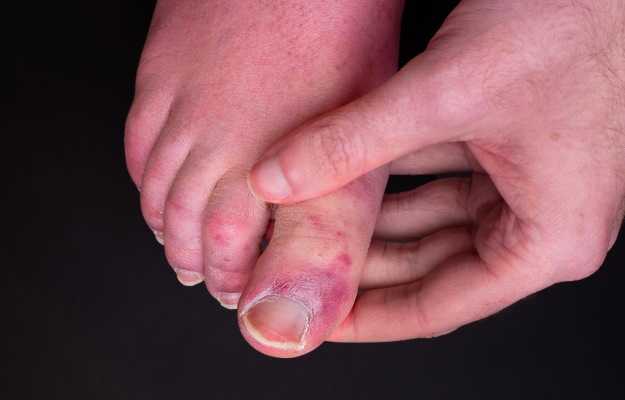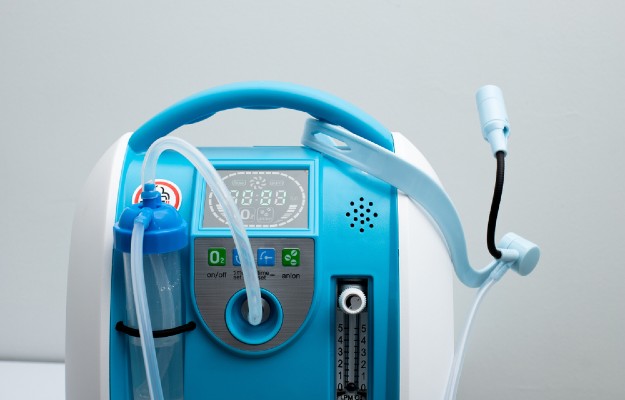COVID toe is a reddish, purplish rash that appears on the toes of some COVID-19 patients. The rash can appear on one or more toes. In some patients, the rash can then spread to the entire foot and/or fingers.
In terms of appearance, COVID toes can start out as red rashes that look like chilblains. Over time, these rashes can blister, become purplish and cause swelling in the affected toes and fingers. Some patients may even develop sores. (Read more: Things to do if you are recovering from COVID-19 at home)
This symptom usually occurs in the absence of any other symptoms of COVID-19, and it is more commonly seen in younger patients than in older ones. COVID toes can be painful and itchy—to the point that some patients find it difficult to wear shoes while the condition lasts.
And how long does the symptom last? According to a US-based registry set up in April 2020 (the findings of which were presented at the 29th Congress of the European Academy of Dermatology and Venereology in October 2020), COVID toes typically last for 10 days in confirmed COVID-19 patients and 15 days in suspected patients though they have (rarely) been seen to last for up to 130 days after the viral infection has cleared up in COVID long-haulers. (Read more: What is long COVID?)
The exact cause is unknown, but researchers have linked COVID toes to the effects of COVID-19 on blood vessels (vascular dysfunction) and the early involvement of interferon-1, a type of cytokine (read more: what is a cytokine storm?).
Indeed, some researchers think that the robust interferon-1 response—which causes inflammation and microangiopathy or problems with the capillaries or small blood vessels—helps to “mute” viral replication early on in the disease. This may be the reason why many patients who develop COVID toes tend to have mild COVID-19 infection.
Diagnosis is done by examining the affected toes and fingers to rule out other conditions like chilblains or chilblain lupus erythematosus and through tests to confirm COVID-19 infection—an RT-PCR test or antibody test may be advised to check for current and past infections, respectively (read more: COVID-19 point of care tests).
The treatment for COVID toes is mostly symptomatic to bring down the swelling and itchiness.
Read on for what we know about COVID toes so far:






































